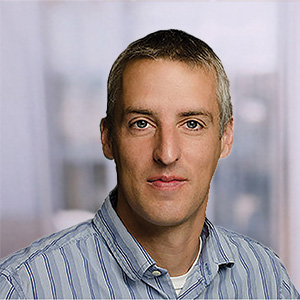
websitehttp://henkelmanlab.org
emailhenkelman@utexas.edu
phone (512) 769-3180
office 2 WEL 3.426
George W. Watt Centennial Professorship
Professor Chemistry
Graeme Henkelman is a professor of chemistry at the University of Texas at Austin. He did his undergraduate work in physics at Queen’s University in Canada, a PhD in chemistry at the University of Washington in 2001, and a postdoc at Los Alamos National Lab before starting at UT in 2004. His research group has focused on computational methods for modeling reaction dynamics over experimental time scales. These methods are applied to the challenge of developing new materials for energy applications including catalysts and batteries.
The primary focus of the Henkelman group is the development of simulation methodology to study kinetic processes at the atomic scale. The group is interested in surface growth, diffusion in solids, and reactions at surfaces. For chemical reactions, electronic structure methods are used to model atomic interactions. Although accurate, these calculations are expensive, so the group is also interested in systems for which there exist or for which empirical potentials can be developed. This allows for the study of much larger systems and it opens the possibility to develop methods that would be too costly otherwise. Using these computational methods, the group strives to understand the dynamics of chemical systems over experimental time scales.
An example of what is trying to be understand is catalysis at nanoparticles. Properties of metal particles can change dramatically in the nanoscale. Recent experiments have shown that unreactive metals can become catalytically active as nanoparticles. This provides an opportunity for theorists to explain why metal particles are so active, and ultimately to help design new and better catalysts.